Republic of Thirst, Part 3: ‘Creating’ New Water for California Through Innovation
New desalination and water recycling technology, combined with wise management and political cooperation, hold out new hope for California’s water.

New desalination and water recycling technology, combined with wise management and political cooperation, hold out new hope for California’s water.

The coastal city of Carlsbad joined over a dozen other local governments Monday in formally opposing California’s “sanctuary state” laws, and supporting the federal government’s lawsuit to overturn them.
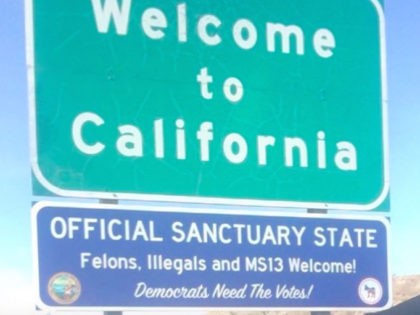
California’s new $1 billion desalination plant, which transforms sea water into fresh water, has won an international award for technological and environmental achievement.
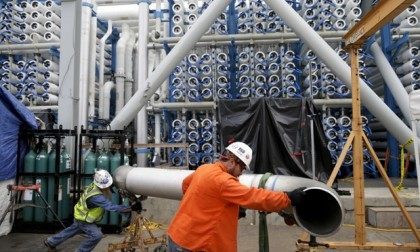
California water regulators could relax statewide conservation rules even as the state enters a likely fifth year of record drought.
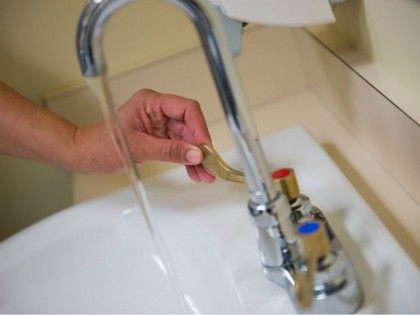
CARLSBAD, CA — On Monday, the door of America’s new largest seawater desalination plant opened to journalists, elected officials and the public with the lofty promise of helping to solve California’s drought distress.

As California suffers through a fourth year of record drought, one city in the Golden State has a unique problem: too much water.
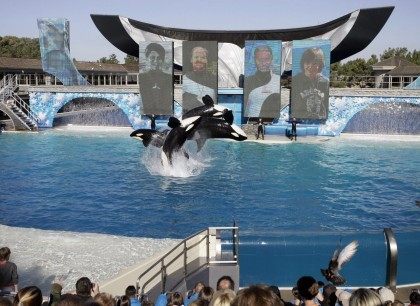
This summer in Carlsbad, a treasure trove of Ice Age (Pleistocene Epoch) fossils from close to 200,000 years ago was unearthed at a construction site on Quarry Creek–the site of a new development where over 600 new homes are slated for construction.
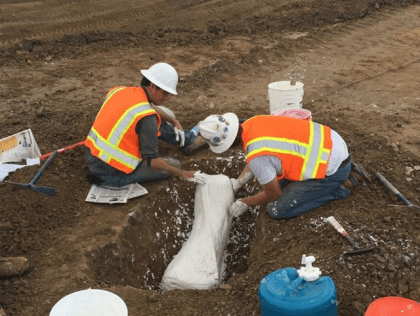
The Santa Barbara City Council voted unanimously this week to approve a loan to reopen a mothballed desalination plant in an effort to battle California’s record four-year drought.
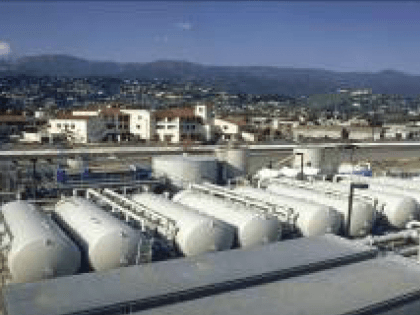
Mysterious tar balls have been appearing on Southern California beaches, and the phenomenon seems to be hitting individual beaches one after the other. The latest hit: Long Beach.
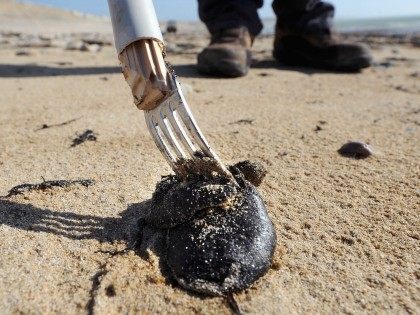
Sticky, black gobs of tar goo are washing up on southern California beaches–but before climate change activists sound the alarm, experts are saying the phenomenon is completely natural.
